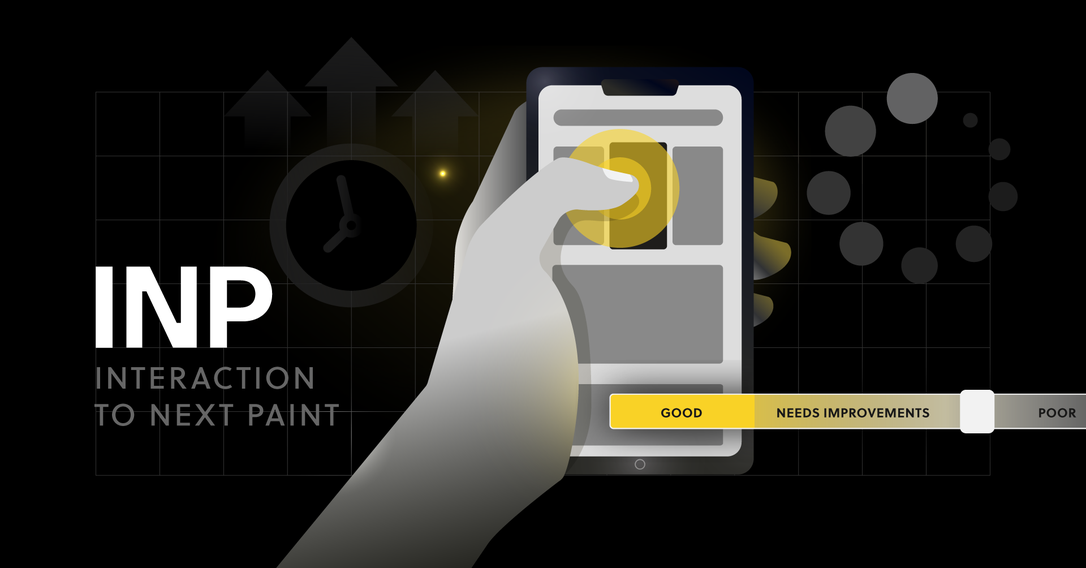5 min
November 4, 2025
Headless Technology: A 5-Minute Guide
Monolithic, tightly coupled eCommerce platforms are slowly becoming a thing of the past. Instead, companies are eagerly embracing headless technology to enable experience-driven headless commerce strategies and provide consumers with a better shopping experience.
Listen to the audio version of this article.
What is headless technology?
Headless technology is a software architecture that separates the frontend and backend layers of a system. As part of the broader concept of composable commerce, headless technology separates these two integral parts and allows them to work independently to ensure fast web performance, flexibility, and scalability.
Headless Technology: Separating the Frontend and Backend
How it all began
Headless commerce, like many innovations, was born as a response to the challenges facing the eCommerce world. Monoliths can be described as prehistoric creatures that worked well in times when product catalogs didn't require frequent updates and online retail was simple and easy.
The beyond-desktop era changed the way people consume content and shop. Online stores had to face all the digital changes that emerged in a short time. For merchants, this became a burden that needed to be resolved quickly. However, monoliths became an even bigger obstacle.
Headless technology emerged in search of an iterative solution that would also safeguard future changes. It brings a change in the approach to how digital structures operate. Instead of tightening everything together and creating solid dependencies, headless architecture frees components, allowing for a faster and smoother flow of information between stakeholders. As a result, the entire ecosystem operates quickly and flexibly thanks to an API-first approach and orchestration.
Key Benefits of Headless Architecture
Headless technology emerged in the IT world as a quick response to the emerging problems faced by monolithic eCommerce. The benefits, as well as the opportunities that headless tech offers, are endless. Let's take a look at some of them.
Better Personalized Experiences
Currently, most consumer-oriented brands use AI-powered solutions to analyze customer experiences. This helps shape the most profitable shopping journeys and predict new products. Through its API-first paradigm, headless technology accelerates this information exchange and feeds analytical solutions with a new type of better-structured data. In this way, it supports customer targeting and hyper-personalization.
Omnichannel Shopping
Omnichannel sales have become essential for modern eCommerce. Since customers expect seamless experiences across different channels, brands are looking for solutions that ensure full integrity across multiple touchpoints. This is where the headless approach, defined by an API-first architecture, comes to the rescue.
An API (Application Programming Interface) is a software intermediary that enables independent applications to communicate seamlessly with each other.
API-driven software allows modern brands to build meaningful experiences that orchestrate content management, commerce, and innovative responses to demanding customer needs.
Headless architecture, powered by the API-first approach, allows brands to create fast frontends, separated from the eCommerce backend. For marketing teams, this means a great deal of flexibility in building presentation layers tailored to customer experience best practices.
Learn more about how the frontend drives the customer experience
Fast and Agile Innovations
Headless commerce has taken the market by storm, providing unprecedented flexibility. On one hand, thanks to an API-first approach, merchants have finally gained the freedom to compose their tech stack with the solutions that best suit their needs.
On the other hand, headless commerce allows for fast and unlimited changes to the frontend. Rapid integrations with preferred CMSs make it possible to fulfill a shopper's every whim in just a few clicks. And this is something the tech world has been longing for for a very long time.
The flexibility provided to brands within the commerce stack is now, thanks to headless tech, limitless. Innovations are no longer trapped within monolithic structures, and merchants can focus on the next way to test and acquire customers in a very iterative manner.
Why Are Brands Switching to Headless?
The transformation towards headless has become an obvious choice for merchants who want to quickly regain control over the digital shopping experience. What are other reasons to switch to headless?
Headless technology allows for rapid modernization and innovation. It is a reasonable and flexible compromise between a monolithic architecture and custom-built solutions.
Many organizations choose headless tech to secure a future-proof approach to further digital transformation. As demands grow, more integrations will appear on the horizon. The best orchestrators are choosing APIs and freedom of choice to secure their long-term existence and avoid being trapped by monolithic structures again.
In addition to reliable, custom CMS-driven experiences, merchants see a safe option for tangible, long-term benefits such as eliminating technical debt and the need for re-platforming.
The headless approach has become a safe space for flexible frontend actions without initiating the entire "go-custom-and-risk-it-all-again" process.
The headless transformation has opened a space of endless possibilities for merchants, brands, and developers who provide the right orchestration every day.
Headless technology powers commerce, which is why brands can quickly adopt new touchpoints without having to redesign everything.
Technical Debt and Other Technical Problems Solved by Headless Technology
When it comes to the technical problems solved by headless technology, we can certainly wrap all the challenges into one phrase: technical debt. Detaching the monolith opens a new path, which means overcoming most of the technical obstacles its initial existence caused.
Reduced development needs. A decentralized architecture separates the process of engaging the entire dev team. Before applying headless principles, monolithic architecture involved operating many different eCommerce layers. Keeping an eye on each of these layers was a huge burden because the backend and frontend were dependent on each other. Headless technology, on the other hand, uses an API-first paradigm, which means that frontend changes can happen much faster and with significantly less risk to the backend code.
Enhanced SEO. Headless commerce drives top-tier SEO performance. Again, thanks to orchestrated communication between components, no matter how many new extensions you want to add, it maintains Core Web Vitals at a satisfactory level. So, at the end of the day, you can rest easy.
No security concerns. Taking another step forward, headless tech eliminates many security concerns because backend operations happen rarely and are independent of what is displayed on the frontend.
Secured peak traffic seasons. Once again, a headless system along with communication infrastructure secures against high peak loads. The organization and handling of major eCommerce holidays like Black Friday or special night sales can happen online without the need to shut down the entire eCommerce system. Reliable customer journeys during high demand are one of the nightmares for merchants that no longer exist thanks to headless technology.
Headless Commerce Supercharges Customer Experiences and Increases Revenue
Since the customer journey takes place on the frontend, the system's presentation layer plays a key role in driving revenue. With headless commerce, merchants can finally cut ties with legacy solutions and build fast, mobile-friendly websites that are open to customization.
Analyzing and shaping the customer journey also becomes a streamlined path. Work that, in a monolithic architecture, meant days or even weeks of planning and development is reduced to rapid deployments. The business side becomes independent from developers, and both parties gain peace of mind. The entire workflow and dependencies change the way eCommerce interacts on an organizational level.
What's more, content is freed, which means new pieces of engaging content can be delivered instantly. The frontend presentation remains in the hands of merchants and marketers, who are freed to test and innovate among the competition.
Want to go headless? Start with the frontend.
You don't have to disrupt your entire eCommerce stack to go headless. Since the frontend is where the customer journey takes place, let's start your digital transformation by replacing only the presentation layer.
With Vue Storefront, you don't have to fully re-platform to gain the flexibility that headless commerce provides. To take the customer experience and revenue to the next level, build your storefront on top of your existing eCommerce platform, using one of the many out-of-the-box integrations.
Vue Storefront is a Frontend as a Service (FEaaS) for composable commerce that delivers custom storefronts at a fraction of the cost and time, with lightning-fast page loads to achieve better conversion rates and higher revenue.





